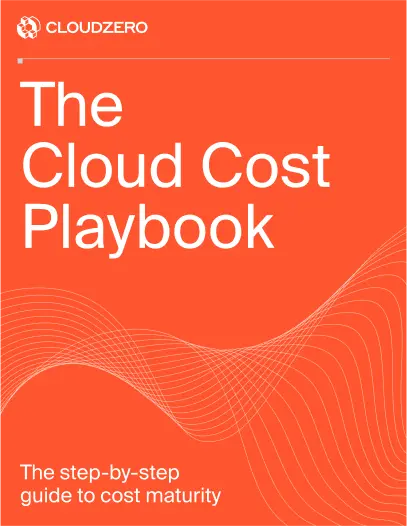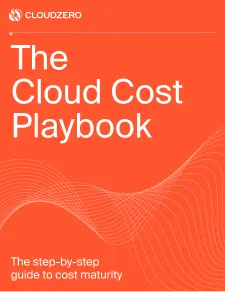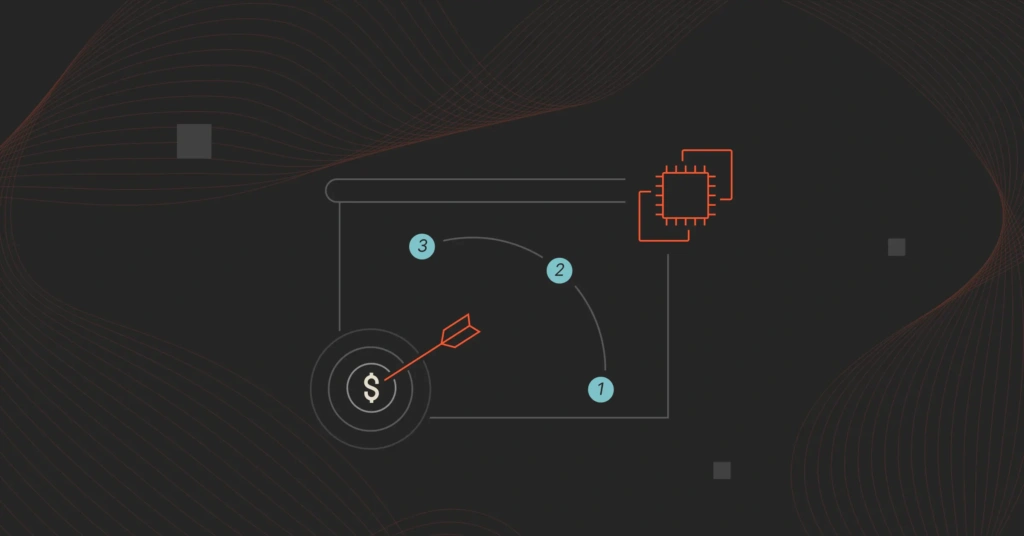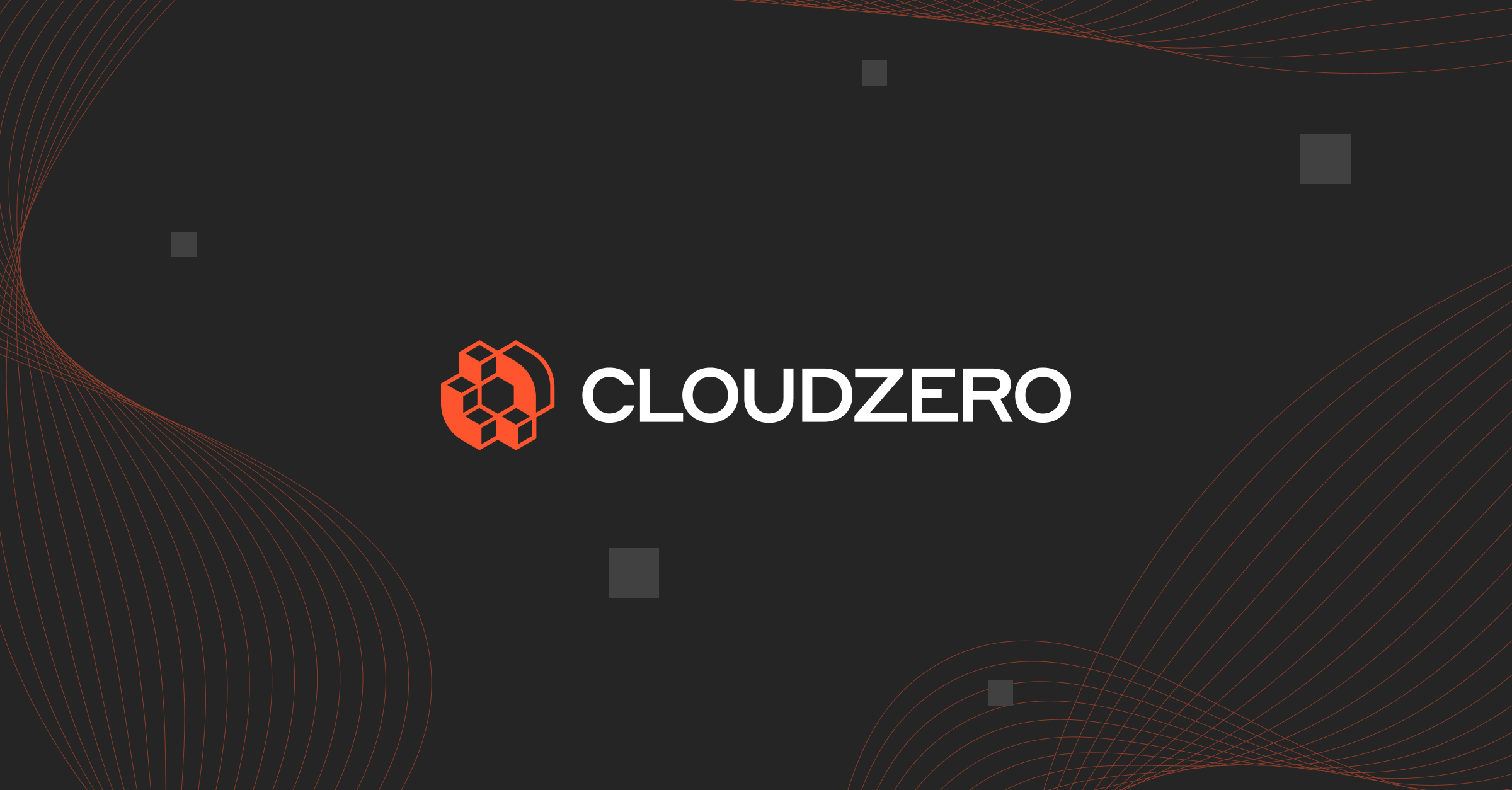Cloud costs keep rising, and most companies are struggling to contain it. That’s where today’s finance teams can step up their game, not only as a professional opportunity but as a leading protagonist on the cloud cost optimization stage.
A bit of background first: Global public cloud spending is projected by Gartner to exceed $720 billion in 2025. That’s up from nearly $600 billion in 2024.
And a lot of that is sheer, unmitigated waste. It’s been estimated that 30% of cloud budgets is entirely preventable, with some studies suggesting it could be as high as 47% of total cloud spending.
This all ties back to budget management, which ends up on the desks of finance.
The challenge is further exacerbated by the fundamental shift in how technology costs are incurred. Cloud operates on a consumption-based model where costs fluctuate based on usage patterns. That’s a change from traditional IT investments with predictable expenditures.
The Visibility Crisis Plaguing Finance Teams
At the heart of the problem, especially for finance teams, is a frustratingly opaque view of cloud costs. In fact, nine out of 10 finance and engineering professionals say poor visibility affects their ability to perform, according to CloudZero’s The State Of Cloud Cost In 2024 report.
Nine out of 10 finance and engineering professionals say poor visibility affects their ability to perform, according to CloudZero’s The State Of Cloud Cost In 2024 report.
Two distinct but equally problematic scenarios arise from this for those in finance:
Scenario one: no financial visibility
First, unlike the days of old where fixed-cost invoices arrive at regular intervals throughout the year, finance teams are now receiving vague, often bloated invoices full of line items that they can’t explain or even understand.
Those teams then are at the mercy of engineering teams to decode these expenses, robbing them of their core responsibilities of cost recording and forecasting.
Their credibility then gets undermined, especially when those in the C-suite come asking questions about spending patterns. Cue frustration, stress, loss of faith, and disconnects between teams. No one really wins here.
Scenario two: partial data with little context
OK, let’s say teams do have access and visibility into cloud billing data. Even then, they lack the real-time insights and contextual information needed for effective financial management. The process remains manual and frustratingly reactive, even when sincerely collaborative.
Cue the same frustrations: engineers and finance pros have blurred visibility which disrupts their work.
Both scenarios create the same outcome: Today’s finance professionals lose credibility with leadership when they cannot provide immediate, accurate explanations for cloud expenditures and forecasting assumptions.
More so, finance professionals are caught between engineering teams who need resources to innovate and business leaders who demand cost accountability. This creates friction that ultimately hampers both technological advancement and financial discipline, and ultimately, hurts business fluidity and bottom lines.
Breaking Free From The Budget Police Stereotype
So, what do finance teams do? Roughly two-thirds of organizations say they have little to no understanding how their cloud costs connect to unit economics, according to CloudZero’s research. Without needed visibility, the old-school “budget cop” role doesn’t work.
This forces finance teams into reactive mode, constantly explaining overruns rather than preventing them. Not only does this frustrate executives, it potentially antagonizes DevOps teams who feel singled out for their work.
The solution lies in transforming the finance function to a proactive partnership mindset. This requires deep-set cost visibility that enables real-time analysis and immediate response to spending anomalies.
With strategic visibility, finance teams can:
- Spot cost spikes in real time, and know why they’re happening
- Quickly reach the engineering team in question, and establish a collaborative spirit
- Identify cost patterns and trends over time and apply preemptive measures
- Tie costs to business outcomes and decisions and communicate this to C-suite
Consider this practical example: with proper visibility, a finance team can identify that costs spike every 10th of the month for a specific resource, investigate whether this pattern is essential or optimizable (or even eliminable), and then incorporate these insights into more accurate forecasting models.
Read more: Essential Forecasting Tools For Finance Teams: 2025 Edition
The Partnership Evolution
Cloud cost platforms connect finance and engineering. These platforms not only track expenses but also establish greater transparency that transforms adversarial relationships into mutually supportive partnerships.
In short? There’s a real strategic value in proper cloud financial management beyond simple cost cutting. In this new finance universe, we see:
- Shared ownership: Finance and engineering teams jointly review Kubernetes cluster costs each sprint, identifying and eliminating idle workloads together.
- Proactive communication: Before launching a new ML model, engineers flag the expected GPU spend so finance can adjust forecasts and avoid surprise overruns.
- Educational exchange: Finance joins engineering standups once a week to understand planned infra changes, while engineers attend quarterly reviews to see how their usage impacts gross margin.
- Strategic alignment: After spotting rising costs on a low-margin product, the team decides to sunset a legacy feature and reinvest the budget into high-growth offerings.
A Direct Link To Strategic Business Outcomes
When finance and engineering teams share real-time cost visibility, they not only cut waste but also provide intel to support smarter business decisions. Consider these three links to outcomes:
Smarter product bets
Teams now know which products are winners and which ones quietly drain margin. With granular cost data tied to features and usage, teams can make confident calls about what to scale, fix, or sunset.
Confident AI investments
On average, 71% of companies are using generative AI in at least one business function, according to McKinsey. Accurate cost tracking, especially at the unit cost level, becomes crucial for evaluating AI initiative ROI and making informed scaling decisions.
Pricing that reflects reality
Understanding true cost per customer allows for more strategic pricing. Whether you’re rethinking bundles or rolling out usage-based tiers, cost insights help protect margins and stay competitive.
Implementing Your Transformation Strategy
For finance pros, the path from budget gatekeeper to strategic partner requires a systematic implementation of cloud cost optimization practices:
Phase 1: Establish visibility into spend
Implement comprehensive cost tracking across all cloud providers and services. Ensure real-time monitoring capabilities with automated anomaly detection and alerting systems.
Phase 2: Build collaboration between teams
Create regular touchpoints between finance and engineering teams. Develop shared terminology and metrics that both teams can understand and act upon.
Phase 3: Develop insights tied to strategy
Move beyond simple cost tracking to business intelligence. Connect cloud costs to business outcomes, customer metrics, and product performance.
Phase 4: Scale positive impacts
Use cost insights to inform broader business decisions about product development, pricing strategies, and market expansion opportunities.
The New World Of Cloud Cost Optimization
Organizations that master FinOps get ahead. They respond more quickly to opportunities, allocate more effectively, and make smarter investment decisions.
It isn’t about evolving your role from budget gatekeeper. It’s about positioning your business to thrive in an increasingly cloud-operative environment.
The real question is this: How fast can you move from cost cop to cloud strategist? With the right cloud cost optimization platform and the strategic mindset to put it all in action, finance teams can play a core role in business growth in today’s cloud era.








